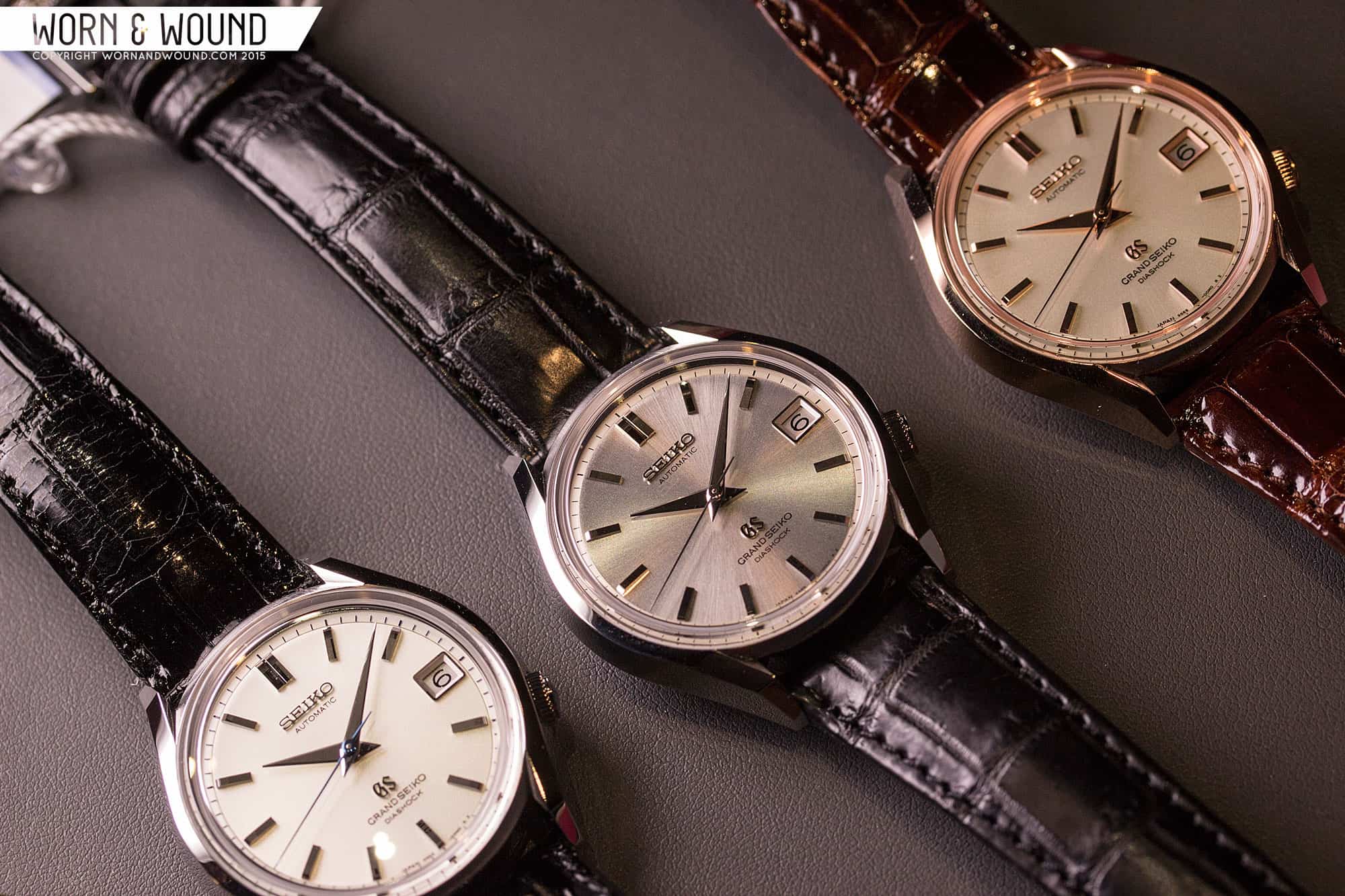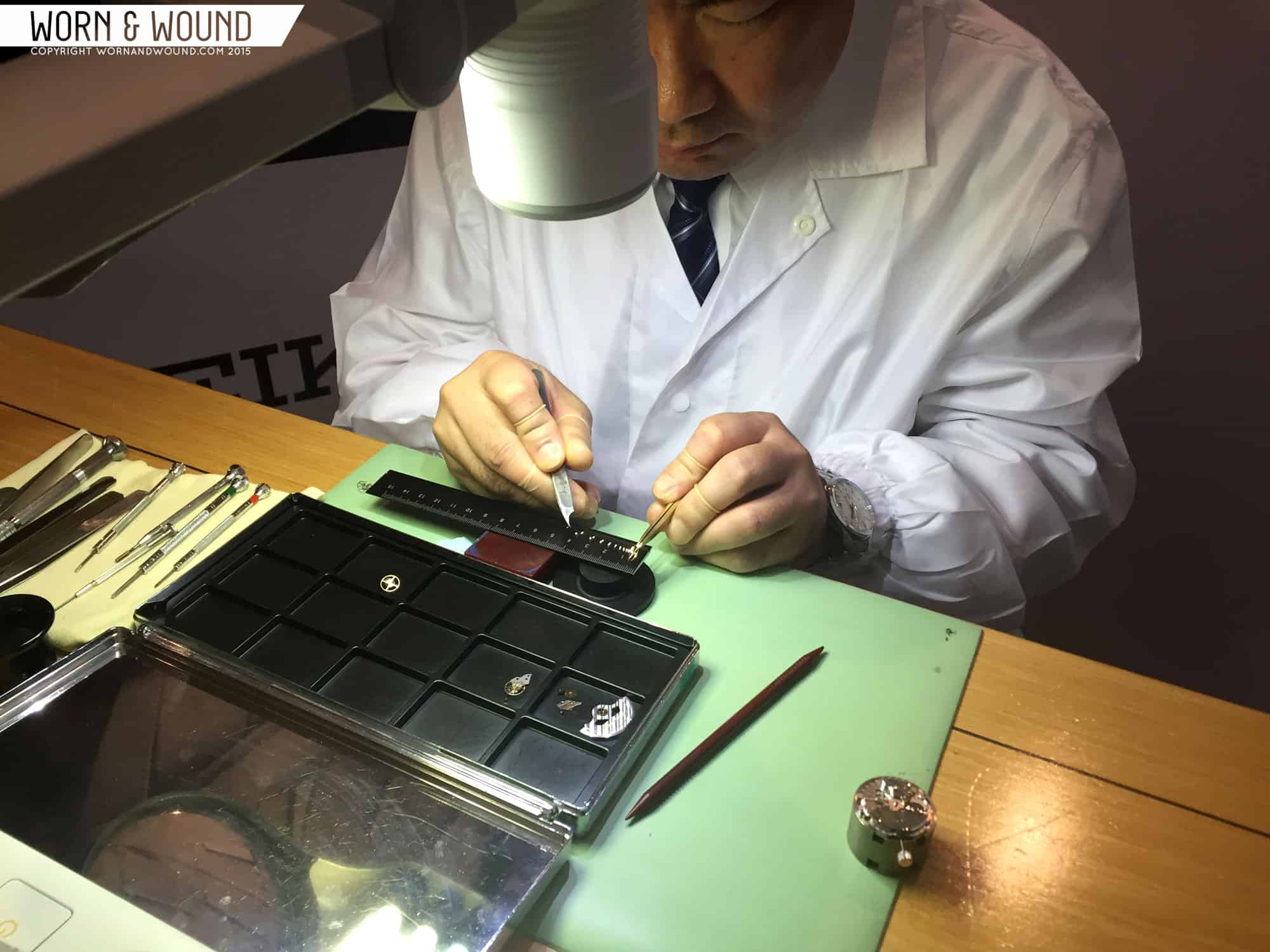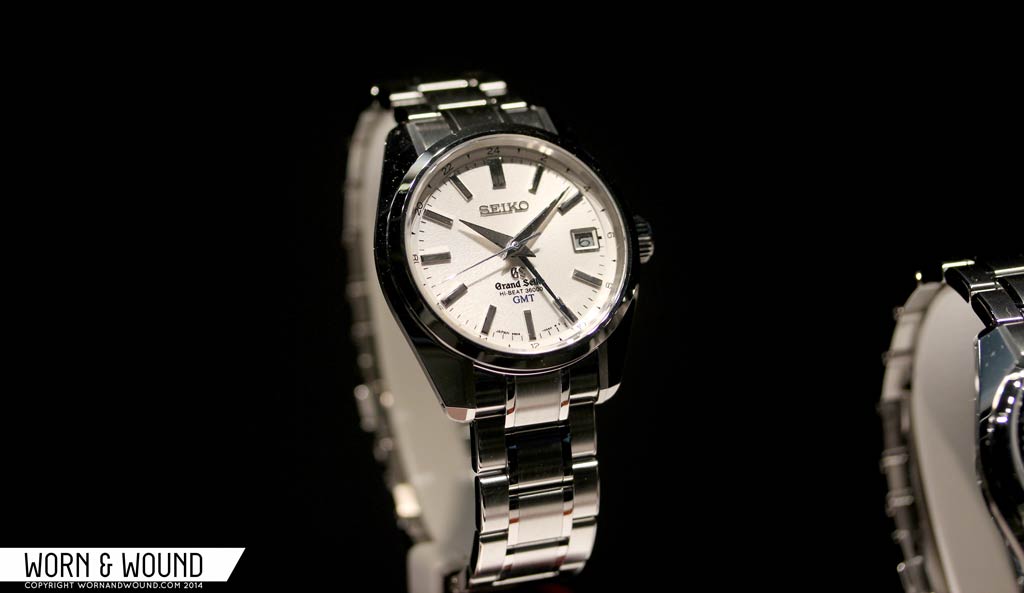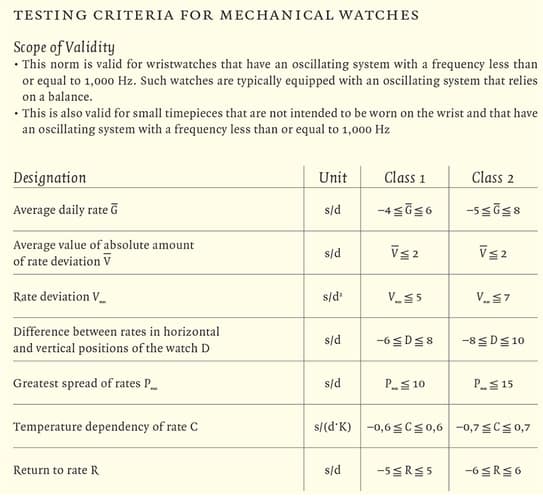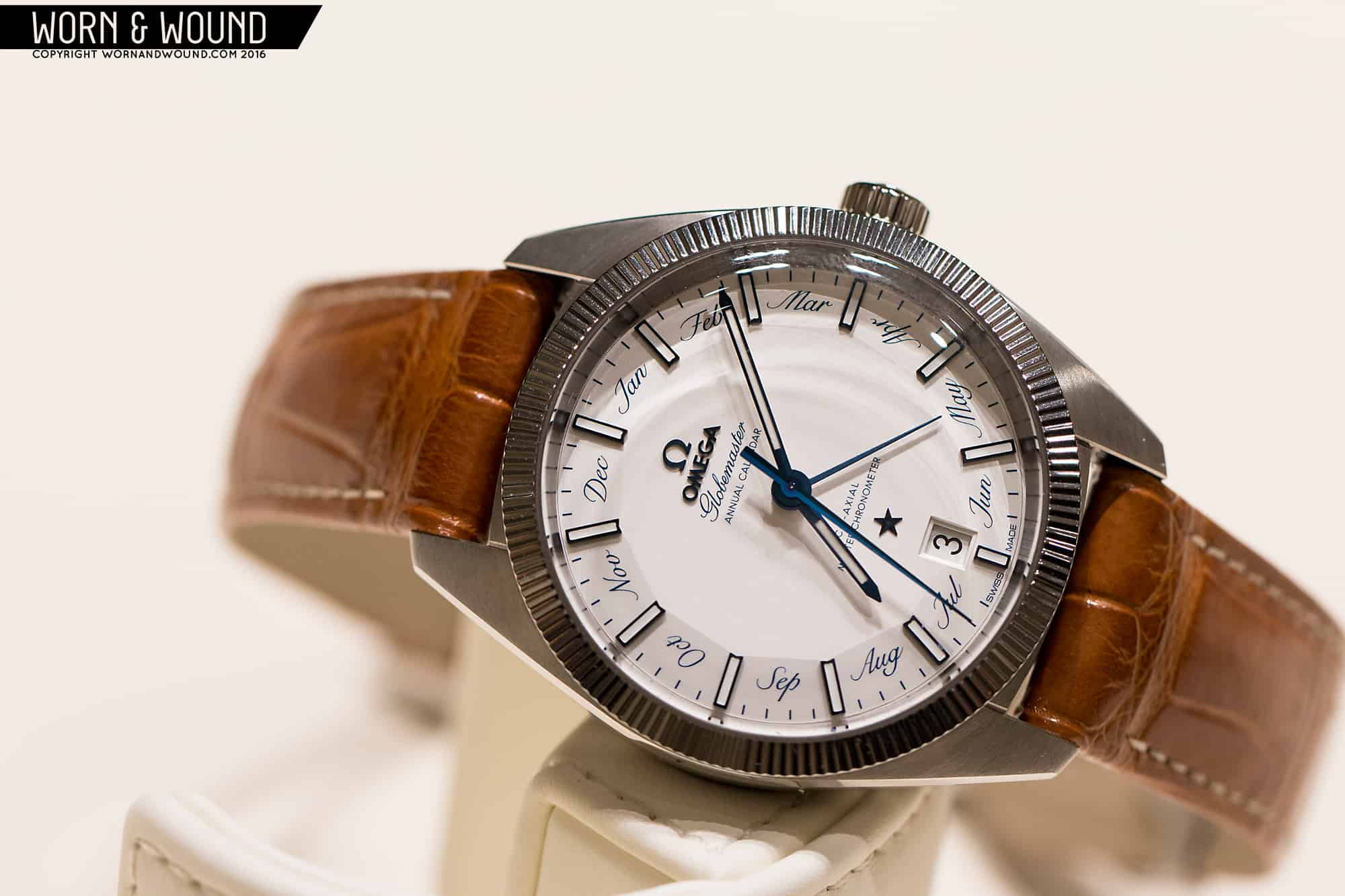Since 1972, the Contrôle Officiel Suisse des Chronomètres, or COSC, has been the official Swiss regulatory body for chronometers, providing testing and certifications to much of the Swiss watch industry. The COSC’s stringent chronometer certification is certainly a badge of honor for any watch, but many manufacturers choose to go above and beyond with their own in-house chronometer testing. Whether for anti-magnetism, water resistance, or even greater raw accuracy, these private tests represent the absolute pinnacle of mechanical accuracy and quality.

Without a doubt, the most familiar of these trials is Rolex’s Superlative Chronometer standard. While Rolex represents the vast majority of movements tested by the COSC annually, the brand takes it upon itself to further test COSC-approved watches to tighter tolerances. While the COSC demands an impressive -4/+6 seconds a day, measured across 15 days, five positions, and two temperatures, Rolex adds several additional criteria. To begin with, the Superlative Chronometer test measures cased watches rather than the COSC’s standalone movements. In addition, Rolex tests water resistance, automatic rotor performance, and power reserve testing while reducing the average rate to an impressive -2/+2 seconds a day. What really makes the trial impressive isn’t the strict tolerances, however–it’s the sheer volume of watches. Rolex annual sales estimates range from anywhere between 450,000 and 1.2 million watches a year, every one of which is Superlative Chronometer certified.









 Featured Videos
Featured Videos




